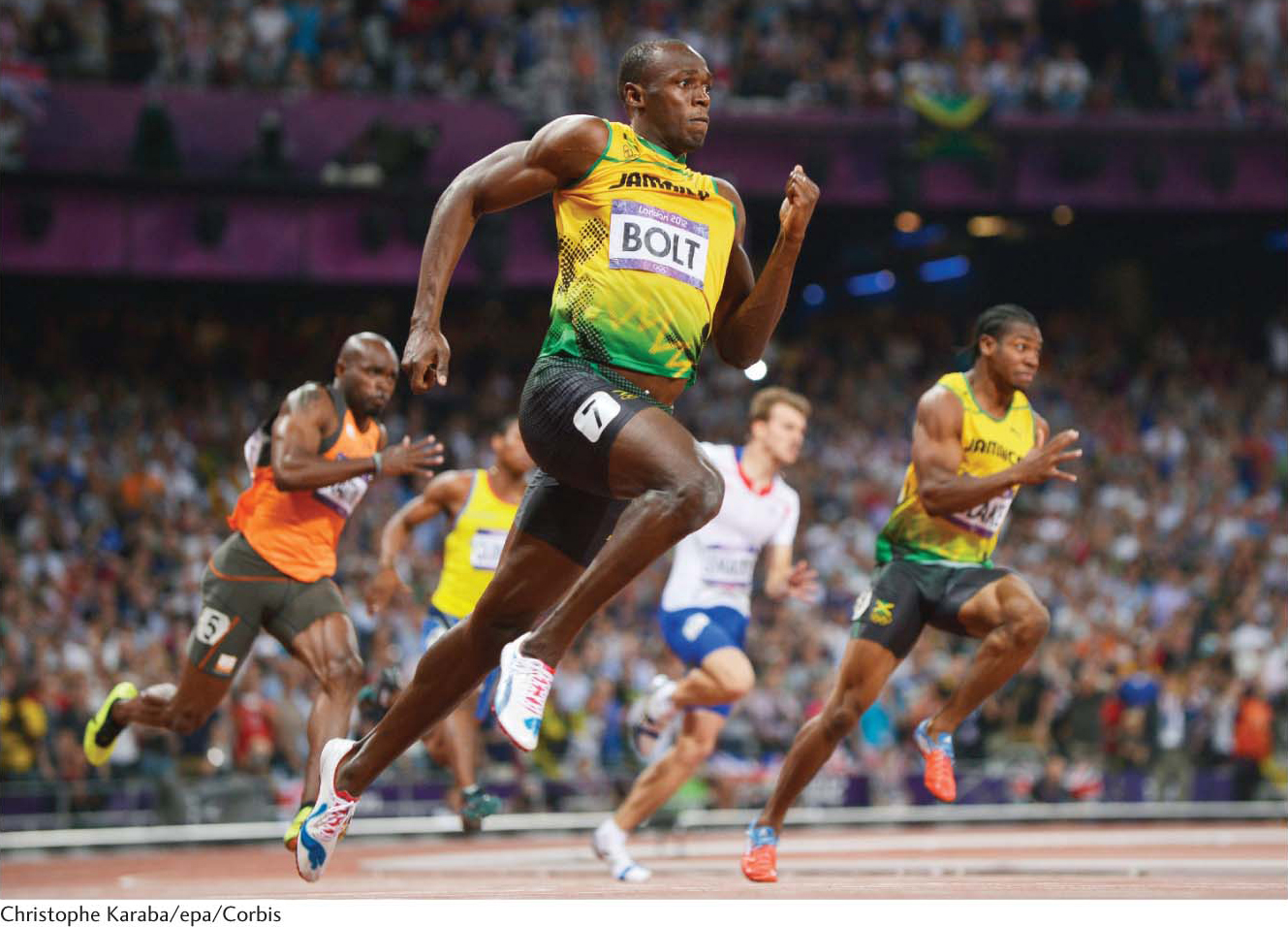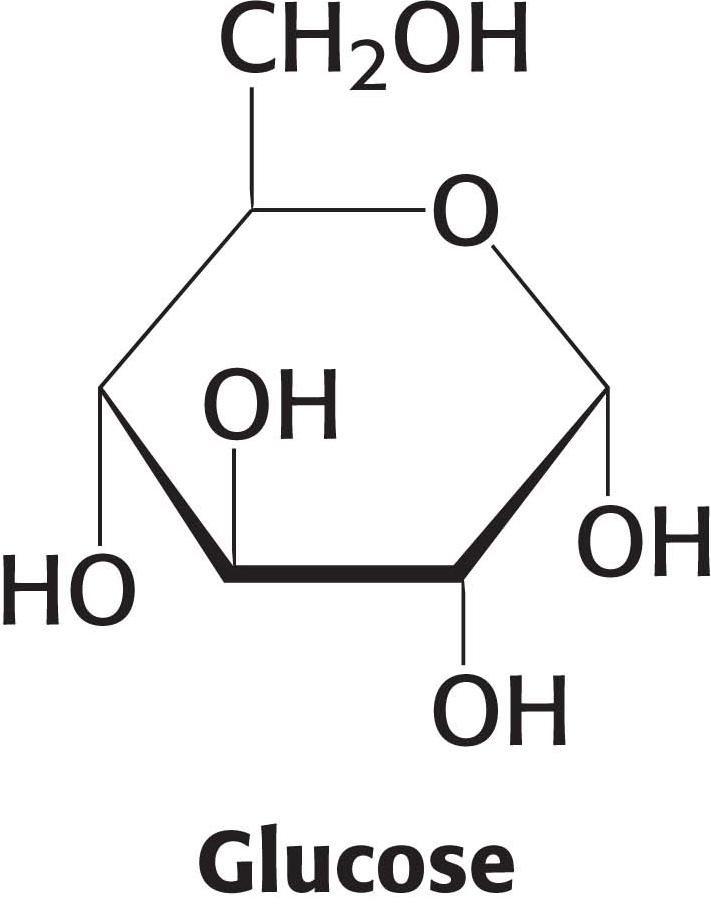Glycolysis
283
16.1 Glycolysis Is an Energy-
Conversion Pathway 16.2 NAD+ Is Regenerated from the Metabolism of Pyruvate
16.3 Fructose and Galactose Are Converted into Glycolytic Intermediates
16.4 The Glycolytic Pathway Is Tightly Controlled
16.5 Metabolism in Context: Glycolysis Helps Pancreatic Beta Cells Sense Glucose


Earlier, we examined how complex carbohydrates are digested into biochemically useful molecules, such as glucose (Chapter 14). Glucose is the principal carbohydrate in living systems and an important fuel. In mammals, it is the only fuel that the brain uses under nonstarvation conditions and the only fuel that red blood cells can use at all. Indeed, almost all organisms use glucose, and most process it in a similar fashion. Why is glucose such a prominent fuel, rather than some other monosaccharide? We can speculate on the reasons. First, glucose is one of several monosaccharides formed from formaldehyde under prebiotic conditions, and so it may have been available as a fuel source for primitive biochemical systems. Second, glucose is the most stable hexose because the hydroxyl groups and the hydroxymethyl group are all in the equatorial position, minimizing steric clashes. Third, glucose has a low tendency, relative to other monosaccharides, to nonenzymatically glycosylate proteins. In their open-
284
We start this section with glycolysis, paying special attention to the regulation of this pathway. We proceed to gluconeogenesis, again with a focus on regulation. The section ends with a discussion of the regulation of glycolysis and gluconeogenesis within a cell as well as between tissues.
In this chapter, we first examine how ATP is generated in glycolysis and how ATP can be generated in the absence of oxygen. We then see how sugars other than glucose are converted into glycolytic intermediates. The chapter ends with a discussion of the regulation of glycolysis.